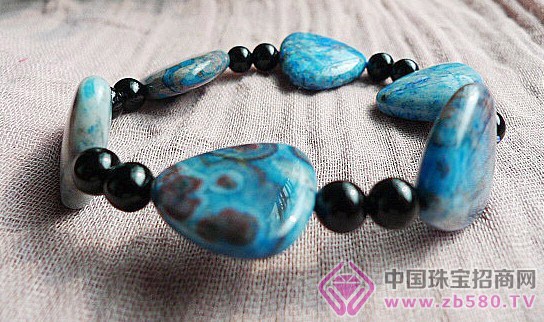Blue stone is the Fanga Petrochemical Phosphorite, which meets the requirements of arts and crafts. The petrological name is sodium petrochemical phosphorite, commonly known as: blue jade or blue jade. It is a kind of blue amethyst vein in the alkaline complex (phosphorite) in the Proterozoic dolomitic marble of Wangcang County, Sichuan Province, China. It is unique to Wangcang County, Sichuan Province, China, with scarce production. It is a very precious jade. Founded by the Sichuan Bureau of Geology and Mineral Resources in 1980 in Wangcang County, Sichuan Province. Because its jade has a blue cloud-like stripe, it is called "blue stone". It is mainly composed of calcium nepheline (40% to 60%), which is a carbonate-aluminum silicate (a rare mineral) containing sodium and calcium, followed by sodalite (10% to 20%). Nepheline (10% to 15%), muscovite and pyrite. The rocks are light blue, ink blue and blue-grey white, with uneven color distribution, often with color lines and cloud-like spots. Crystalline dense structure, massive structure. Hardness 5 to 6. Grease shine. It is mainly used to produce high-grade jade, which is used to produce jewelry. There is also a kind of ore produced in Brazil called “Blue Stoneâ€. Some varieties are similar in appearance to the blue-grain jade produced in China. Most of the blue-grain products on the market are processed from such stones. The main component of Brazilian blue stone is sodalite, which differs from the blue stone jade in China. When the cracks develop and the rock breaks, the black mica plaque formed by the alteration of the phosgene is often formed along the crack surface, which affects its perception. Normal Shirt,Lady's Shirt,Women's Shirts,Slim Lady's Shirt zhejiang tianjin import and export co.,ltd. , https://www.tianjintextiles.com